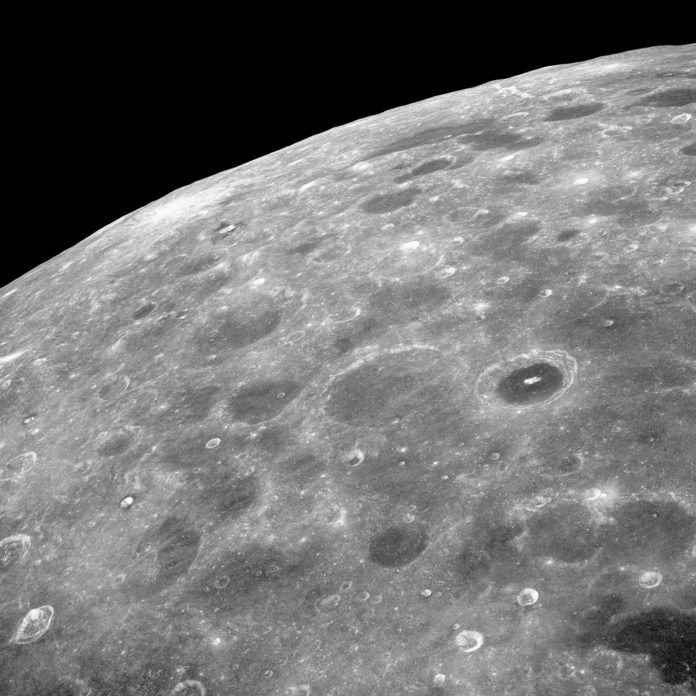By: Nick Gambino
After Apollo 17 in 1972 we, from the perspective of space travelers, seemed largely done with the moon. The natural satellite to Earth somehow lost its luster once we conquered it and walked on its surface. We were done with it, that is until China landed a spacecraft on the far side of the moon, chalking up a historical moment on an otherwise hum-drum Wednesday night.
The Chang’e-4 mission is part of a series of different lunar missions China is conducting to learn more about the moon and its environment. So far, this is the most exciting news to come out of their continued exploration.
The far side of the moon, or, as it is more sexily referred to, the dark side of the moon, has never seen a spacecraft land on it. This is due in large part to its interference with any direct communication with ground control. It is, after all, behind one of the largest masses in our orbit.
What does the far side of the moon look like?
China’s Chang’e-4 probe gives you the answer.
It landed on the never-visible side of the moon Jan. 3 https://t.co/KVCEhLuHKT pic.twitter.com/BiKjh7Fv22— China Xinhua News (@XHNews) January 3, 2019
In order to accomplish the difficult task of establishing and maintaining communication with the rover, named the Yutu-2, China launched a satellite into orbit around the moon back in May that acts as a relay between the surface rover and Earth.
While the lander and rover are on the surface it has a list of tasks that it will perform. These include conducting a low-frequency radio astronomy experiment, determining if there’s water or other resources present, studying how solar winds and the lunar surface interact and seeing whether or not the environment is conducive to growing plants.
“China is on the road to become a strong space nation,” Chief Designer of the mission, Wu Weiren said to China Central Television. “And this marks one of the milestone events of building a strong space nation.”
China is only the third country to successfully touch down on the lunar surface, making this event historical in many respects.
ABOUT THE AUTHOR
![]() Nick Gambino is a regular script writer and tech beat reporter for NewsWatch. He lives in Northern Virginia with his wife and daughter.
Nick Gambino is a regular script writer and tech beat reporter for NewsWatch. He lives in Northern Virginia with his wife and daughter.





